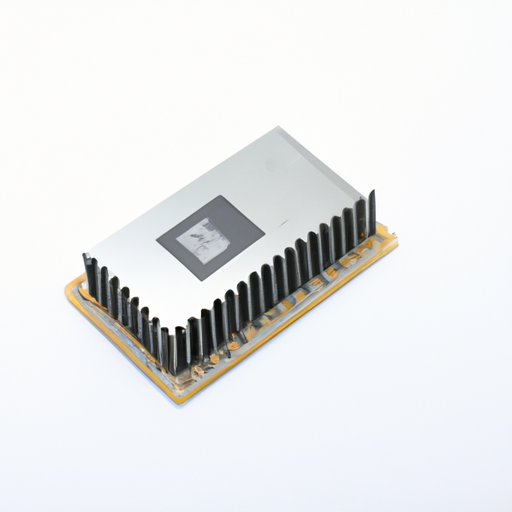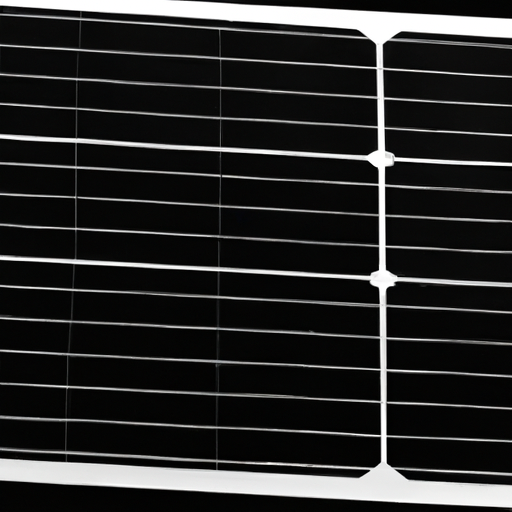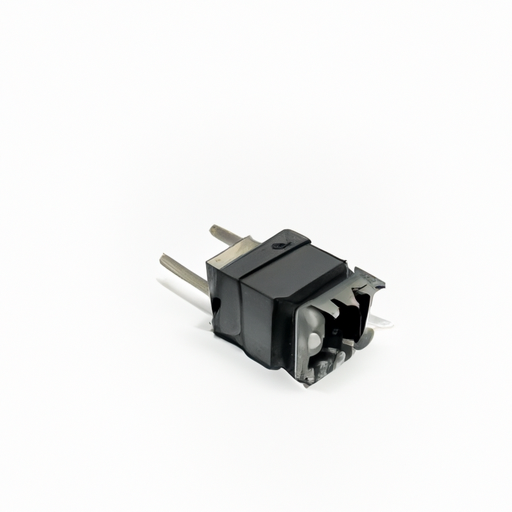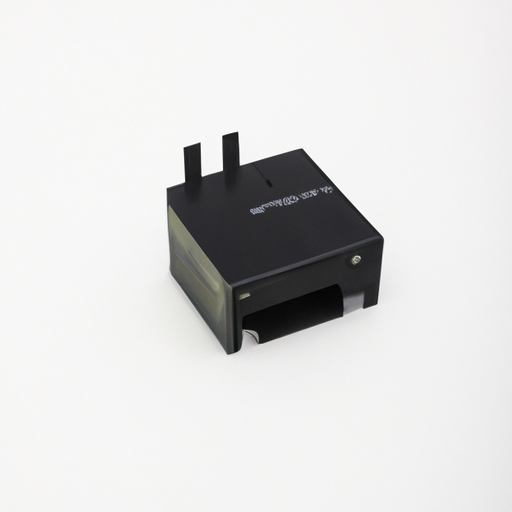CFR-25JB-52-10K TRIACs highlighting the core functional technology articles and application development cases of TRIACs that are effective.
Core Functional Technology of TRIACs
1. Bidirectional Control: TRIACs are designed to conduct current in both directions, which is essential for alternating current (AC) applications. This bidirectional capability allows TRIACs to control power delivery during both the positive and negative halves of the AC cycle, making them ideal for a variety of AC load control applications.
2. Gate Triggering: TRIACs can be activated by applying a small current to the gate terminal. This feature allows for precise control over the timing of when the TRIAC turns on, enabling applications such as phase control in dimmers and motor speed controllers. The ability to trigger the TRIAC at specific points in the AC cycle enhances the efficiency and performance of the circuit.
3. Zero-Crossing Detection: Many TRIAC applications incorporate zero-crossing detection to minimize electrical noise and reduce stress on the device. By ensuring that the TRIAC is turned on at the moment the AC voltage crosses zero, this technique helps to limit inrush current and prolong the life of the TRIAC.
4. Snubber Circuits: To protect TRIACs from voltage spikes and transients, snubber circuits—typically composed of resistors and capacitors—are employed. These circuits absorb excess energy and safeguard the TRIAC from potential damage, ensuring reliable operation in various environments.
5. Thermal Management: TRIACs generate heat during operation, necessitating effective thermal management strategies. Utilizing heat sinks, thermal pads, or other cooling methods is crucial to maintain the TRIAC's performance and longevity, especially in high-power applications.
Application Development Cases
1. Light Dimming: TRIACs are widely used in light dimmers, where they control the phase angle of the AC waveform to adjust the brightness of incandescent and LED lights. The CFR-25JB-52-10K can be integrated into dimmer circuits to provide smooth and efficient dimming capabilities, enhancing user experience in residential and commercial lighting.
2. Motor Speed Control: In applications such as fan speed controllers and variable speed drives for AC motors, TRIACs enable the adjustment of effective voltage and current supplied to the motor. By manipulating the phase angle, the CFR-25JB-52-10K allows for precise control over motor speed, improving energy efficiency and performance.
3. Heater Control: TRIACs are effective in controlling the power delivered to heating elements in electric heaters. This capability allows for accurate temperature regulation, contributing to energy savings and improved comfort in residential and industrial heating applications.
4. Solid-State Relays (SSRs): TRIACs are integral components in solid-state relays, which are used to switch AC loads without mechanical wear. The CFR-25JB-52-10K can be incorporated into SSR designs, providing fast switching capabilities and enhancing reliability in applications ranging from industrial automation to consumer electronics.
5. Home Automation: In modern home automation systems, TRIACs play a crucial role in controlling lighting, heating, and appliances remotely. Their ability to handle high power loads makes them suitable for various home automation applications, allowing for increased convenience and energy efficiency.
6. Temperature Controllers: In industrial settings, TRIACs are utilized in temperature control systems to regulate heating elements based on feedback from temperature sensors. This application is vital for processes requiring precise temperature management, ensuring product quality and operational efficiency.
Conclusion
The CFR-25JB-52-10K TRIAC exemplifies the versatility and effectiveness of TRIAC technology across a wide range of applications. Its bidirectional control, gate triggering capabilities, and integration of features like zero-crossing detection make it suitable for diverse uses, from lighting and motor control to home automation and industrial systems. By understanding these core technologies and application cases, engineers and developers can effectively leverage TRIACs in their designs, enhancing performance and reliability in their projects.







